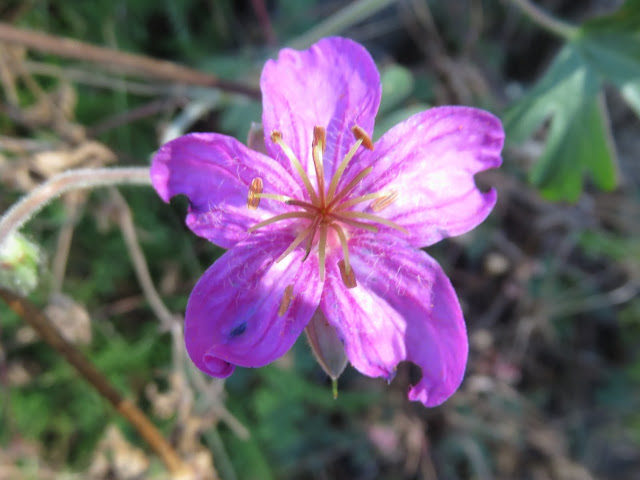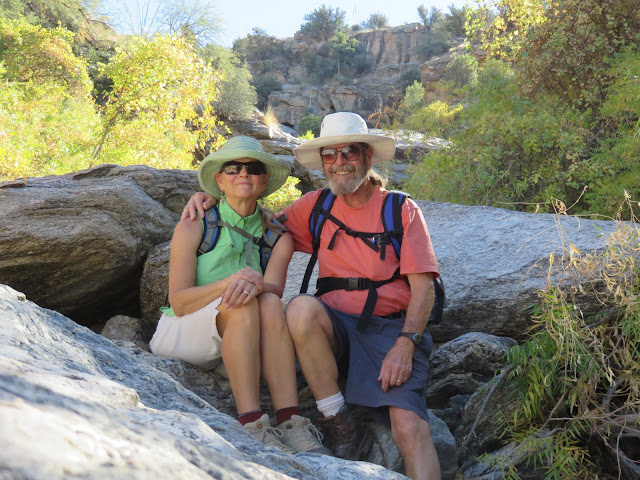Situated 10-miles south of downtown Tucson, Mission
San Xavier del Bac is a National Historic Landmark named for Christian
missionary Francis Xavier, and founded as a Catholic mission by Father Eusebio
Kino in 1692. Many times over the last two years Dan and I have driven down the
freeway and observed the mission, set back off the road a ways, with the
striking architecture always catching our eye. Both of us agreed we should take
the time to visit the Mission, and finally this March we did, discovering the
beauty hidden inside the walls of the church, and the history behind it. The
exact location of the mission is in a centuries-old settlement of the Tohono O’odham
Indians and is still part of the Reservation. Over the centuries, this land has
been part of New Spain (late 1700’s), Mexico (1821), and finally the United
States in1854. The Mission has endured raids, earthquakes, lighting strikes,
land wars, water damage, political and religious changes, and deterioration due
to age, but ongoing restoration efforts have succeeded in keeping it whole.
Hailed as the oldest intact European structure
in Arizona, the church’s interior is filled with stunning original statuary and
mural paintings. Visitors take a step back in time to an authentic 18th
century setting when walking through the doors. Widely considered to be the
finest example of Spanish Colonial architecture in the United States, it
receives over 200,000 visitors each year. The Mission is also a pilgrimage
site, with thousands visiting on foot and on horseback (called cabalgatas in Spanish). However, even in
the midst of the steady stream of visitors and ongoing restoration, the church
still retains its original purpose of ministering to the religious needs of its
parishioners.
What impressed me most of all was the Baroque
architecture in the interior of the church. The rich ornamentation and dazzling
colors of the paintings, carvings, frescoes, and statues display a mixture of
New Spain and Native American artistic motifs, although little is actually known
about the people who designed and decorated the interior. Every inch of the
walls and ceiling are covered with scenes that depict their untold stories, but
sparks the imagination to wonder what they might tell us. Many visits over long
periods of time would be necessary to take this all in, but we did the best we
could the one day we spent visiting Mission San Xavier del Bac. Hopefully our
pictures captured a fraction of the beauty we witnessed.












































































